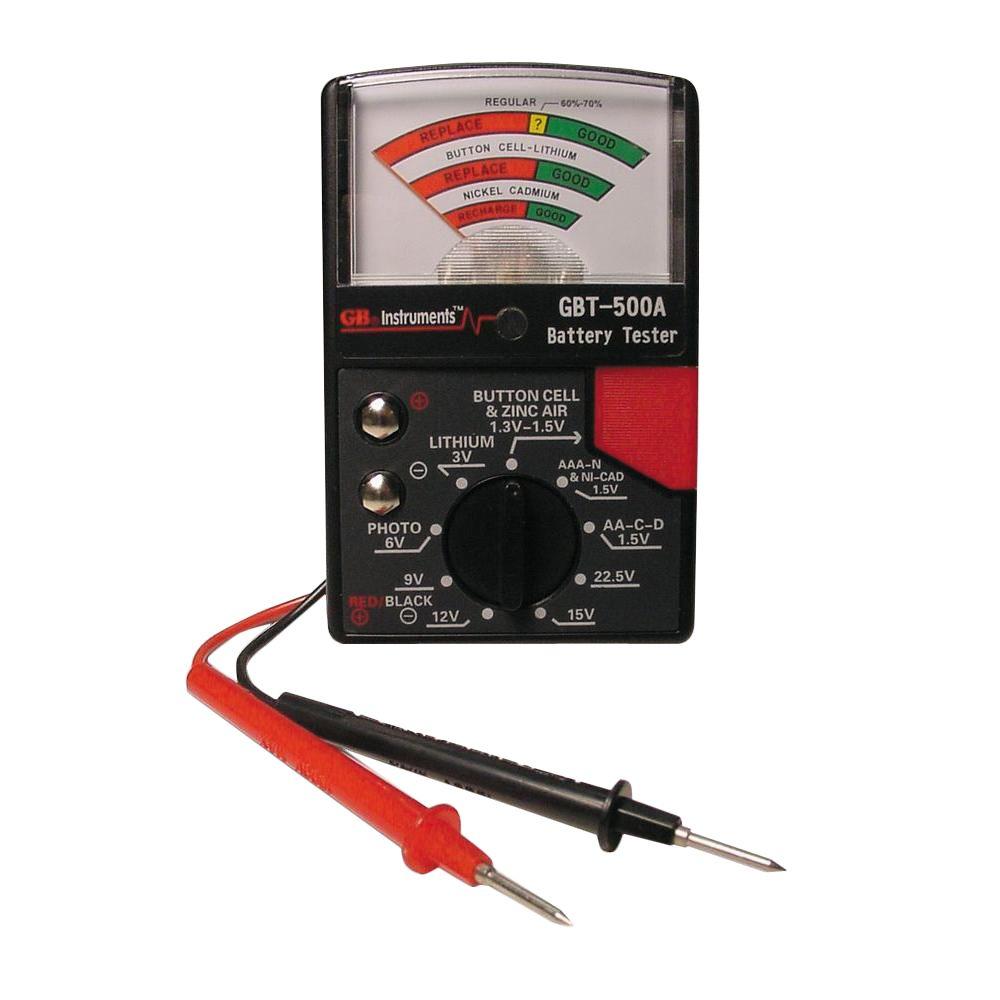
NiMHĭespite the fact that NiMH batteries are branded as high-density, they may have a shorter cycle life. Until the battery’s power is depleted, the brightness of NiCd batteries will remain constant. When a flashlight, for example, is about to die, the lightbulb will begin to decrease gradually. It doesn’t have a high voltage per cell (1.2V), but the power delivery compensates. When compared to other types of batteries, such as alkaline, NiCd batteries are unusual in that they retain a constant voltage until the battery is completely depleted. AA, AAA, C, and 9V are some of the most common sizes. Nickel-cadmium (NiCd) batteries are commonly used in toys, digital cameras, and other high-drain devices such as flashlights. Often, these batteries will be inadequate to power a high-drain gadget beyond turning it on. Carbon Zinc BatteriesĪlthough carbon-zinc batteries are incredibly affordable, however, they have a very poor energy density. Unlike lithium batteries, almost all standard-size batteries are alkaline, which makes them good for most devices. If you use your device often, you should buy a battery that has more than 2,500 mAh. Alkaline BatteriesĪlkaline batteries are not that pricy, easy to dispose of, and very common.

Even if you use it a lot, it will last for a long time. Because they only come in AA, AAA, and 9V sizes, their mAh rates are far higher than any other non-rechargeable battery. They have more energy density than any other battery cell, which means lithium batteries store more energy than other types of batteries, such as alkaline. Lithium batteries are the most frequently used type of battery. What Are the Different Types of D Batteries? Lithium Batteries


It’s worth noting that rechargeable batteries have a smaller mAh than single-use batteries, so you’re sacrificing power for convenience. At 10,000 mAh, the EBL Rechargeable D batteries endure up to 1,200 cycles, equating to cents for each charge. When compared to single-use batteries, rechargeable batteries offer significant cost savings. The smaller the battery is, the more times a letter is utilized (e.g., AA, AAA). In general, the battery gets bigger as you progress through the alphabet (e.g., C is smaller than D). You’ve probably heard of AAA, AA, C, and D batteries. The battery should last roughly 100 hours if your gadget consumes 100mA of electricity. Pick D batteries that have a minimum capacity of 10,000 mAh. Take note that battery life is dependent on your device’s draw or power consumption. The greater the mAh, the longer your devices will remain powered. The more batteries there are in a pack, the longer you get to keep a single gadget charged over its service life for one pack. Certain batteries can also work in temperatures ranging from -4 to 129 degrees Fahrenheit, increasing their reliability in outdoor crises. The longer their shelf life, the longer they are usable. What To Consider When Buying a D Battery? Shelf LifeĮach battery should have a minimum shelf life of five years. As a result, it’s critical to consider a few things about D batteries before making a purchase.

If this continues for an extended period of time, the gadgets may break down, or their battery life will be reduced. They frequently select the incorrect D batteries due to a lack of information. The majority of users are unaware of which battery is suitable for a particular device. Our everyday life centers around them and so is those gadgets’ reliance on D batteries.
1.5 volt battery test portable#
We live in an age when portable electronics/gadgets are more common than ever.


 0 kommentar(er)
0 kommentar(er)
